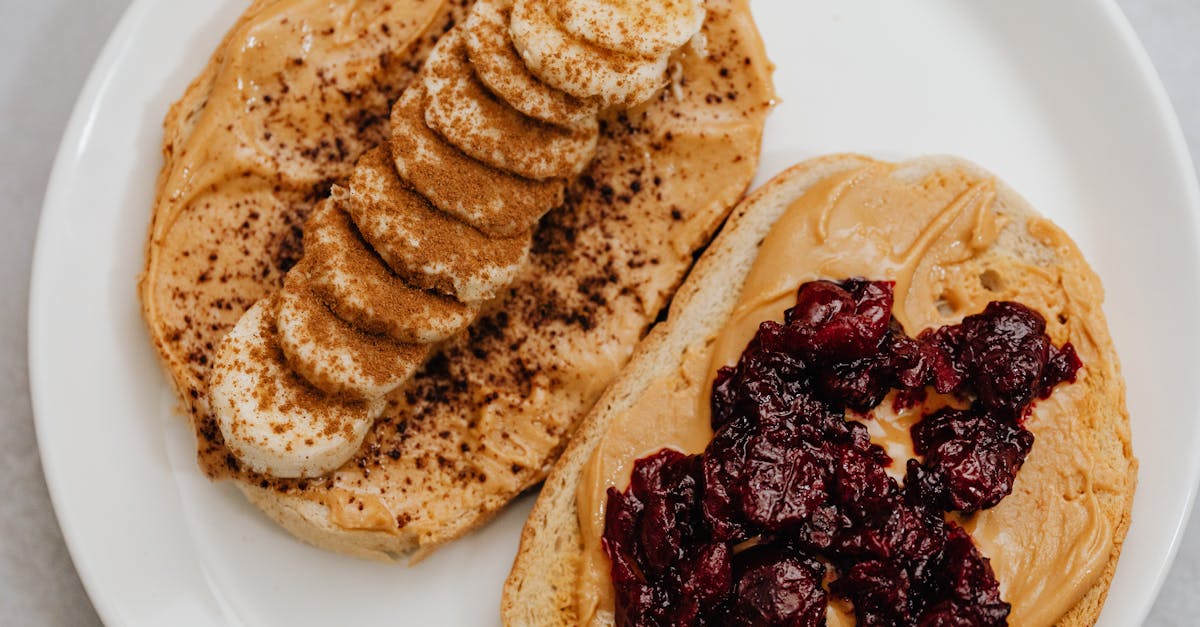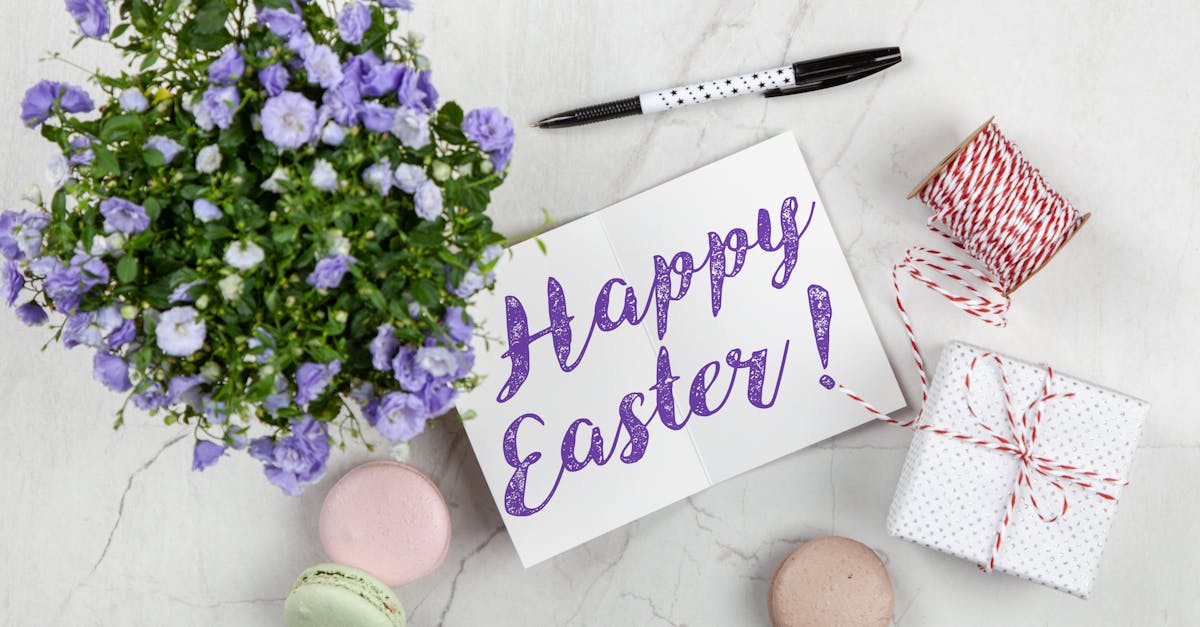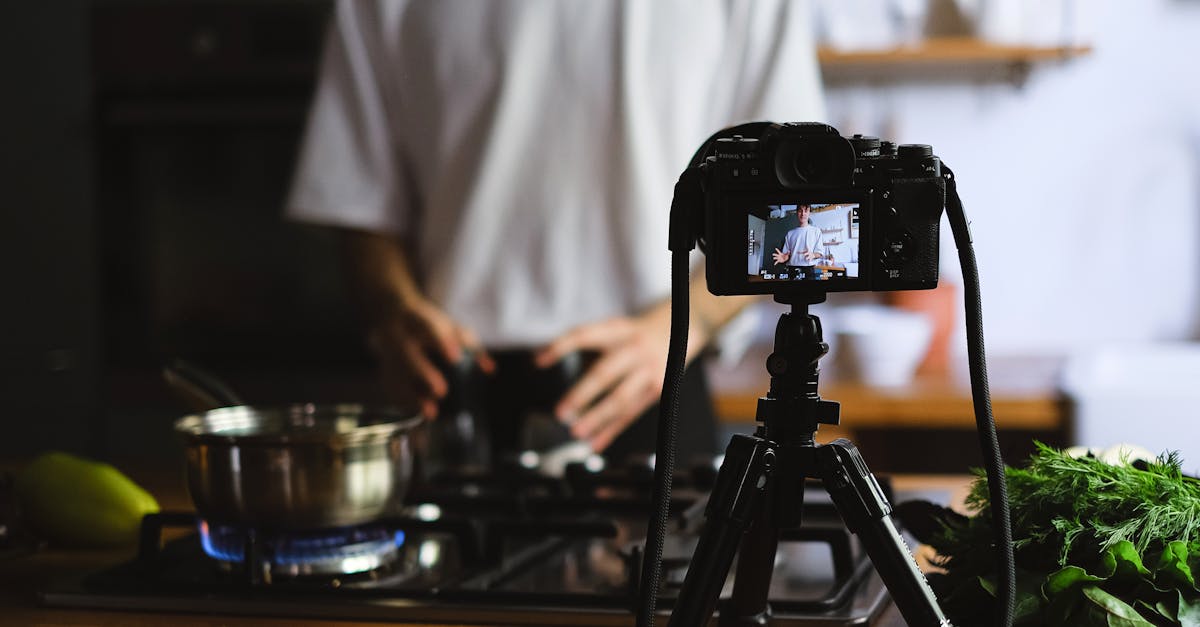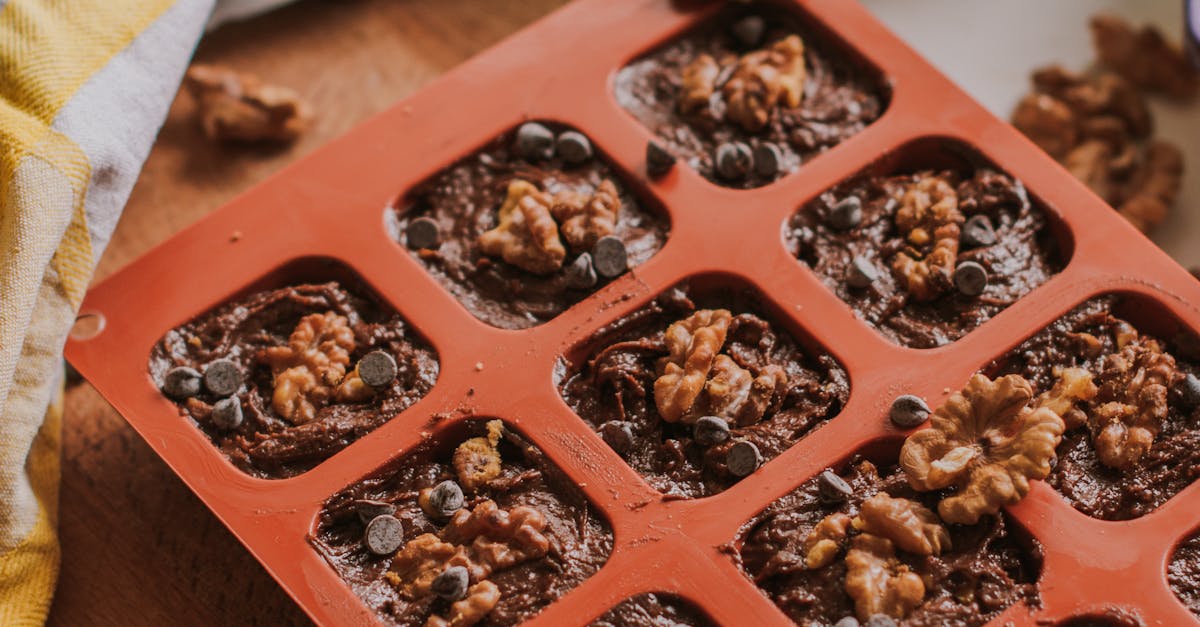Let’s be honest, baking can be intimidating. Those complicated recipes with a million steps and obscure ingredients? Yeah, we’ve all been there. But what if I told you that you could whip up a delicious, crowd-pleasing cinnamon roll cake without the drama? This isn’t your grandma’s (unless your grandma’s super chill) cinnamon roll cake recipe – this is the easy version, designed for those of us who prefer less stress and more cake. We’re talking minimal effort, maximum flavor, and a result so good, everyone will think you spent hours in the kitchen (even though you didn’t!). Get ready to ditch the baking anxiety and embrace the joy of effortless deliciousness with this ridiculously simple cinnamon roll cake. Prepare for compliments, because this recipe is a guaranteed crowd-pleaser! It’s so simple, even I can make it, and that’s saying something! Let’s get baking!
Key Insights: Effortless Cinnamon Roll Cake Baking
- This recipe makes a delicious cinnamon roll cake incredibly easy, perfect for beginner bakers or anyone short on time.
- The recipe uses readily available pantry staples, minimizing the need for special trips to the store.
- Simple techniques and shortcuts drastically reduce the time and effort compared to traditional methods.
- The recipe is highly adaptable, allowing for creative flavor variations and toppings to suit personal preferences.
- Comprehensive instructions and troubleshooting tips ensure a successful baking experience, even for less experienced bakers.
1. Say Goodbye to Complicated Baking: Introducing the Easiest Cinnamon Roll Cake!
Let’s face it, sometimes baking feels like a science experiment gone wrong. Too much of this, not enough of that, and suddenly you’re staring at a culinary catastrophe. But baking doesn’t have to be stressful! This unbelievably easy cinnamon roll cake recipe is here to prove it. We’re ditching the complicated techniques, the obscure ingredients, and the hours spent slaving over a hot oven. This recipe is your shortcut to cinnamon roll heaven, perfect for busy weeknights or those days when you just want a little bit of sweet comfort without the fuss.
Forget sifting flour multiple times or creaming butter and sugar until your arm falls off. This recipe is all about simple steps and readily available ingredients. We’re talking pantry staples – the kind of stuff you probably already have tucked away in your cupboards. You’ll be surprised at how quickly this cake comes together, and even more surprised at how incredibly delicious it tastes. It’s the perfect recipe for beginner bakers who want to build their confidence (and their sweet tooth!), and experienced bakers looking for a super quick and satisfying dessert.
Seriously, this is so easy, even I can make it – and if I can manage it, trust me, anyone can. So, ditch the baking anxiety, grab your apron (or don’t!), and let’s create some seriously delicious, stress-free cinnamon roll cake. Get ready to impress yourself (and maybe a few friends along the way!).
Why This Recipe is a Game Changer
Let’s be real, traditional cinnamon roll cakes can be a commitment. We’re talking yeast, multiple rises, intricate rolling techniques, and a baking time that feels like an eternity. It’s enough to make even the most seasoned baker question their life choices. This recipe, however, is a total game-changer. We’re skipping the yeast entirely, ditching the hours-long proofing process, and simplifying the steps without sacrificing that incredible cinnamon roll flavor we all crave.
Instead of painstakingly layering dough, we’re creating a simple, moist cake batter that’s infused with a delightful cinnamon swirl. Think of it as a shortcut to all the deliciousness without the tedious work. It’s like magic, but with way less mystical energy required. This recipe saves you valuable time and effort, allowing you to enjoy the delicious results without feeling like you spent your entire weekend in the kitchen. You’ll have a stunning cake ready in a fraction of the time it would take using a traditional method.
The difference lies in the approach. Traditional recipes focus on precise measurements and intricate techniques, whereas this recipe focuses on ease and simplicity. It’s all about making the process enjoyable, accessible, and – most importantly – delicious. The result? A beautifully moist and flavorful cinnamon roll cake that tastes just as amazing (if not more so!) than its more complicated counterparts. So, ditch the stress, embrace the simplicity, and prepare to be amazed!
What Makes This Cinnamon Roll Cake So Easy?
The secret to this ridiculously easy cinnamon roll cake lies in its simplicity. We’re ditching the complicated techniques often associated with baking and replacing them with straightforward steps anyone can follow. No fancy equipment needed, just your basic mixing bowls and a trusty oven. We’re all about keeping things accessible, making this recipe perfect for those just starting their baking journey or seasoned pros looking for a quick and satisfying treat.
One of the biggest time-savers is the elimination of yeast. Traditional cinnamon roll cakes require yeast, which means waiting for dough to rise, a process that can take hours. This recipe completely bypasses that step, saving you a ton of time and reducing the chance of baking mishaps. We’re also using readily available ingredients—the kind you likely already have in your pantry. No need to make a special trip to the store for obscure ingredients or spend a fortune on specialty flours. This recipe is all about convenience and accessibility.
The techniques are equally straightforward. Simple mixing, a quick cinnamon swirl, and a short baking time are all it takes to create this delicious cake. We’re focusing on ease and efficiency, ensuring that the entire process is enjoyable and stress-free. You’ll be amazed at how quickly you can go from pantry raid to delicious dessert, with minimal cleanup involved. So grab your mixing bowls, and let’s get baking! This recipe is proof that delicious doesn’t have to be difficult.
2. Gathering Your Ingredients: A Pantry Raid You’ll Love
Alright bakers, let’s raid those pantries! This cinnamon roll cake recipe is all about using ingredients you probably already have on hand. No need for a last-minute dash to the store for some obscure ingredient – unless you’re feeling particularly adventurous and want to try a unique flavor twist. We’re keeping it simple and focusing on pantry staples, making this the perfect recipe for a spontaneous baking session or a weeknight treat.
Think of this as a celebration of what’s already in your kitchen. Flour, sugar, eggs, butter – these are the building blocks of countless delicious desserts, and they’re the stars of our show. We’re also going to need some cinnamon (obviously!), a pinch of salt for balance, and a touch of baking powder for that light and fluffy texture. You might even find that you have everything you need already—meaning less shopping and more baking!
The beauty of this recipe is its flexibility. Don’t have a specific brand of cinnamon? No problem! Use what you have. Want to experiment with a different type of sugar? Go for it! This recipe acts as a delicious base that you can easily adapt to your own preferences and what you have available. So, let’s get organized, gather our ingredients, and prepare to create some seriously delicious magic.
Ingredient Checklist: Simple and Sweet
Let’s get down to the nitty-gritty: the ingredient list! This recipe is all about simplicity, and that extends to the ingredients. You’ll be surprised at how few you need to create this wonderfully delicious cinnamon roll cake. We’re using everyday pantry staples that are easy to find and, even better, easy on the wallet. No need to scour specialty stores for exotic ingredients; this recipe celebrates the humble magic of common ingredients.
For the specifics, you’ll need all-purpose flour (though you can experiment with other types, like whole wheat, for a different texture and flavor – just keep in mind it might slightly alter the final result!), granulated sugar (brown sugar works too, for a richer caramel flavor), eggs (large eggs are ideal), unsalted butter (softened, for optimal blending!), baking powder (for that lovely lift), a generous pinch of salt (to enhance the other flavors), and, of course, cinnamon. For the best flavor, I recommend using a high-quality cinnamon – maybe something like McCormick or another brand known for its intense aroma and flavor. This will elevate the overall taste of your cake!
Remember, baking is all about experimentation. While we’ve listed specific quantities in the full recipe, feel free to adjust based on your preferences. Want a sweeter cake? Add a little more sugar. Love cinnamon? Don’t be shy with the spice! The beauty of this recipe is its flexibility—it’s your cake, so make it your own. We’re here to provide guidance, but feel free to get creative and let your tastebuds be your compass.
Prep Work: Minimal Effort, Maximum Flavor
Before we dive into the actual baking, let’s get our ingredients prepped! This step is super quick and easy, promising minimal effort for maximum flavor payoff. We’re not talking about any complicated techniques here—just a few simple steps to make the baking process smoother and more efficient. Think of it as setting the stage for a delicious performance.
The main prep work involves measuring out our dry ingredients. Grab your trusty measuring cups and spoons and get to work! Accurately measuring the flour, sugar, baking powder, and salt will ensure the cake bakes evenly and has the perfect consistency. Pro-tip: Lightly spoon the flour into the measuring cup and level it off with a straight edge – don’t pack it down, as this can lead to a denser cake. While you’re at it, make sure your butter is softened to room temperature. This is crucial for easy mixing and a smooth batter. You can speed up the softening process by cutting the butter into small pieces and leaving it out at room temperature for about 30 minutes, or even by using the microwave in short bursts.
Finally, crack your eggs and have them ready to go. Once you’ve got all your ingredients measured and prepped, the actual mixing process will be a breeze. This is all about organization – by prepping everything beforehand, you’ll avoid mid-baking interruptions and make the process enjoyable and stress-free. With your ingredients prepped, you are ready to unleash your inner baker!
3. Mixing the Magic: A Step-by-Step Guide
Now for the fun part: mixing the batter! Don’t worry, this isn’t some complicated culinary dance; it’s surprisingly straightforward. We’re going to keep things simple, focusing on a method that’s both easy and effective, resulting in a perfectly smooth and delicious cake batter. Get ready to channel your inner baker!
Combining Wet and Dry Ingredients: A Simple Technique
Time to combine our wet and dry ingredients! This is where the magic truly happens. We’re aiming for a smooth, well-combined batter without overmixing, which can lead to a tough cake. This part is easy peasy, and we’ll guide you through it step-by-step. It’s all about gentle blending and a bit of patience. First, we’ll combine the wet ingredients. In a large bowl, cream together the softened butter and sugar until light and fluffy. This is where an electric mixer comes in handy, but you can certainly achieve the same result with a good old-fashioned whisk and some elbow grease!
Next, add the eggs one at a time, making sure each egg is fully incorporated before adding the next. This prevents the eggs from separating and ensures a smooth batter. Once the wet ingredients are combined, it’s time to bring in the dry crew. In a separate bowl, whisk together the flour, baking powder, salt, and cinnamon. This ensures the leavening agent (baking powder) is evenly distributed throughout the batter. Now, gradually add the dry ingredients to the wet ingredients, mixing on low speed until just combined. Be careful not to overmix; a few lumps are perfectly okay, as overmixing can develop the gluten in the flour and result in a tough cake.
The key is to mix just until the ingredients are moistened and combined. You don’t want to overmix; it’s tempting to keep mixing until everything is perfectly smooth, but trust me, a few lumps are fine! A slightly lumpy batter will actually translate to a more tender and moist cake. Once everything is gently blended, you’re ready for the next step—creating that irresistible cinnamon swirl!
Creating the Cinnamon Swirl: The Secret to Flavor Explosion
Get ready for the most delightful part of this recipe: creating that glorious cinnamon swirl! This is where we transform a simple cake batter into a flavor explosion. It’s surprisingly easy and incredibly rewarding. We’re not talking about intricate swirling techniques here; this is all about simplicity and achieving a beautiful, evenly distributed cinnamon throughout the cake. It’s the key to that irresistible cinnamon roll flavor.
4. Baking to Perfection: Oven-Ready in Minutes
We’ve reached the home stretch! It’s time to bake our masterpiece. Getting the baking time and temperature just right is crucial for achieving a perfectly moist and fluffy cinnamon roll cake. Don’t worry, it’s easier than you think! We’ll give you the precise details to ensure your cake comes out of the oven looking and tasting amazing. A perfectly baked cake is all about attention to detail and knowing when it’s ready.
Baking Time and Temperature: Getting it Just Right
Now, let’s talk about the baking specifics: time and temperature. These two factors are critical for achieving that perfect balance of moistness and fluffiness. The precise baking time and temperature will depend on your oven, so it’s always a good idea to keep a close eye on your cake as it bakes. But don’t stress; we’ll give you a great starting point to guide you.
For this recipe, we recommend baking your cinnamon roll cake at 350°F (175°C) for approximately 30-35 minutes. However, every oven is a little different, so it’s important to keep an eye on your cake during the last 5-10 minutes of baking. Start checking for doneness around the 30-minute mark. Use a toothpick or cake tester inserted into the center – if it comes out clean or with just a few moist crumbs, your cake is ready. If the toothpick comes out with wet batter, give it another 5 minutes and check again. Overbaking can lead to a dry cake, so it’s better to err on the side of caution.
Along with the toothpick test, you can also check for doneness by gently pressing the top of the cake. If it springs back slightly, it’s likely baked through. If it’s still soft and indented when you press it, it needs more time in the oven. Remember, every oven is unique. If your cake seems to be browning too quickly, you can tent it loosely with foil to prevent over-browning while still allowing it to bake thoroughly. Once it’s perfectly baked, remove it from the oven and let it cool completely before frosting or serving. Patience is key here for optimal enjoyment!
Troubleshooting Common Baking Problems
Even the most experienced bakers encounter occasional baking mishaps. Don’t let a slightly less-than-perfect cake get you down! We’ve all been there. Let’s address some common baking problems and provide easy solutions to get you back on track to deliciousness. The key is to learn from any mistakes and keep baking!
5. Cooling and Serving: The Sweetest Part
The baking is done, and now comes the most satisfying part: cooling and serving your delicious cinnamon roll cake! But before we dive into the delightful task of indulging, let’s talk about proper cooling. This seemingly simple step is crucial for preventing the cake from crumbling and ensuring that your slices are neat and beautiful. Impress your friends and family with your baking skills by following these simple steps.
Cooling Your Cake: Patience is a Virtue
Before you even think about digging into that delicious cinnamon roll cake, we need to talk about cooling. Yes, it requires a bit of patience, but proper cooling is essential for maintaining the cake’s structure and preventing it from crumbling when you slice it. It’s all about allowing the cake to cool evenly, preventing cracking and ensuring a beautiful, clean slice every time. Think of it as the final act in our baking performance—a crucial step that sets the stage for a flawless finale!
Serving Suggestions: Elevate Your Cake Experience
Okay, the cake is cool, and it’s time for the best part: serving and enjoying your creation! This cinnamon roll cake is incredibly versatile and pairs perfectly with a variety of toppings and accompaniments, elevating the simple pleasure of a slice of cake into a truly delightful experience. Let’s explore some serving suggestions that will make your cake even more irresistible.
6. Variations and Tweaks: Make it Your Own!
This recipe is your canvas; feel free to get creative and personalize your cinnamon roll cake! The beauty of baking lies in the ability to experiment and make it your own. Let’s explore some fun variations and tweaks that will transform this simple cake into a truly unique dessert, reflecting your personal preferences and culinary creativity. Don’t be afraid to experiment and have fun with it!
Flavor Variations: Add Your Personal Touch
Want to take your cinnamon roll cake to the next level? Let’s explore some exciting flavor variations! This recipe is a fantastic base for culinary experimentation. By adding different spices, extracts, or nuts, you can completely transform the flavor profile, creating a unique and personalized dessert that reflects your taste preferences. Don’t be afraid to get creative and have fun with it!
Topping Ideas: Take it to the Next Level
Let’s talk toppings! The possibilities are endless when it comes to enhancing your cinnamon roll cake. A simple dusting of powdered sugar is lovely, but why stop there? Let’s explore some creative topping ideas that will take your cake from delicious to divine. Get ready to unleash your inner dessert artist!
7. Storing and Freezing: Keeping the Goodness Fresh
So, you’ve baked the most amazing cinnamon roll cake, and now you want to keep it tasting its best for as long as possible. Whether you’re planning to enjoy it over a few days or want to stash some away for later, proper storage is key. Let’s explore the best ways to keep your cake fresh and delicious, whether you’re storing it at room temperature, in the refrigerator, or even in the freezer. Preserving your delicious creation is just as important as the baking process itself!
Room Temperature Storage: Short-Term Freshness
For optimal short-term freshness, store your cinnamon roll cake at room temperature. This is ideal if you plan on enjoying your cake within a day or two. To ensure it stays moist and delicious, make sure to store it in an airtight container. This prevents it from drying out and helps to retain its lovely texture and flavor. An airtight container is key—think of it as creating a mini-climate-controlled environment for your cake to thrive in!
Refrigerator Storage: Extending the Shelf Life
Want to extend the life of your delicious cinnamon roll cake? Refrigerator storage is your friend! While room temperature is great for a day or two, the fridge helps to significantly prolong its freshness. To ensure optimal quality, wrap your cake tightly in plastic wrap, then cover it with aluminum foil. This double-wrapping technique creates a barrier against unwanted smells and moisture loss, keeping your cake moist and flavorful for longer.
Freezing Your Cake: Enjoy it Later!
Freezing your cinnamon roll cake is a fantastic way to enjoy its deliciousness weeks or even months later! Proper freezing techniques are key to maintaining its quality and flavor. Think of freezing as putting your cake into a delicious time capsule—when you’re ready to enjoy it, it’ll be almost as good as the day you baked it.



